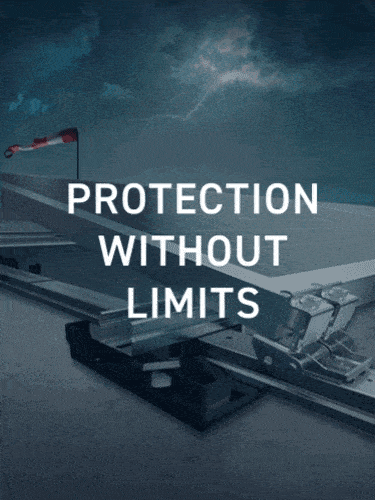News
Ørsted successfully pilots new technology that further optimises offshore wind monopile installation
Building on existing marine life protections, Ørsted has developed a new, lower-noise installation method that could potentially revolutionise the way offshore wind foundations are installed. The groundbreaking new technology has been successfully tested in Germany, proving that this innovative approach can dramatically reduce noise levels during foundation installations, strengthening existing protections to marine life and potentially paving the way for the next generation of monopile foundations.
This leading-edge technology represents one of the greatest advancements yet in offshore wind foundation installation methodology. It is also the latest example of how Ørsted, the global offshore wind leader, continues to harness innovation that supports biodiversity, protects the environment, and creates the green energy systems of tomorrow.
Ørsted is already implementing a range of effective protective measures during offshore wind farm construction, including limiting the duration, intensity, or extent of certain offshore construction activities. Examples of these mitigating measures include the deployment of bubble curtains or other noise barriers during traditional installation. The new installation method allows Ørsted to further reduce the potential impact from construction activities on the marine environment and build in a more cost-effective way.
At the new German offshore wind farm Gode Wind 3, Ørsted has successfully tested an innovative installation method on three monopile foundations. The noise mitigation method involves a patented jetting technology attached to the monopile, which lowers the resistance of the surrounding sandy soil, effectively allowing the foundation to sink into the seabed – completely replacing conventional installation methods such as pile driving. The implementation of the new installation technology has resulted in a substantial decrease in underwater noise levels: With a reduction of 34 decibels relative to the most commonly used installation method, and without additional mitigation, noise levels were reduced by over 99 % to a level just marginally above the ambient noise found in the German Bight in the North Sea.
Beyond the noise reduction, this new technology is a step change in offshore wind monopile installation that, once adopted at scale, can provide for more efficient and cost-effective installations of offshore wind foundations. 11 MW wind turbines have already been installed on top of the foundations, and Gode Wind 3 is expected to start commercial operation later this year.
Patrick Harnett, Executive Vice President and Chief Operating Officer at Ørsted, said: “Ørsted has been at the forefront of offshore wind innovation and marine protections for 30 years, and we continue to push the envelope on new innovative solutions. This new technology is a potential game changer for how we build offshore wind. Once industrialised, it could not only be cheaper, faster, and far quieter – without additional mitigation – than any other monopile installation technology, it also has the potential to make next-generation foundations lighter as they won’t need to be designed for conventional installation process.”
This is the first time a jetting technology has been used to install full-size monopile foundations, making the tests a milestone for the entire industry. Ørsted carried out the installation together with Jan De Nul Group and their installation vessel Les Alizés as well as contractor Aarsleff. Ørsted has been developing the technology over the past years and is now looking into how to introduce the technology into the future pipeline, which includes assessing the feasibility of the method on more complex ground conditions than the pure sand conditions found at the Gode Wind 3 site. Further regulatory approvals will also be needed before the technology can be implemented in other markets globally.
At the cutting edge of offshore wind innovation
The new technology is a testimony to Ørsted’s approach to innovation, which has been core to Ørsted’s business from the very beginning, helping to take offshore wind power from a demonstration concept to a large-scale energy technology.
Advances in technology have already brought down the costs of renewable energy, making it cost-competitive with fossil fuels, and Ørsted believes it can continue to harness cutting-edge technology to make green energy more affordable, reliable, efficient, and sustainable across the value chain. Recently, Ørsted has deployed an autonomous vessel for offshore surveying, and the company is testing the use of large drones to transport cargo to offshore wind turbines.
Ørsted has in-house R&D capabilities led by a team with deep science and engineering expertise, overseeing 300+ different projects, and the company has partnered with over 50 universities and research institutes, helping to bring the best ideas from the lab to the field.
For successful implementation at Gode Wind 3, Ørsted will receive subsidies from the German Federal Network Agency (BNetzA) under the Offshore Wind Energy Act, intended to drive innovation in the offshore wind build-out.
For further information, please contact:
Ørsted Global Media Relations
Kathrine Ejlskov
+45 99 55 10 23
katej@orsted.com
Ørsted Germany Media Relations
Steffen Kück
+49 173 151 9276
steku@orsted.com
About Ørsted
The Ørsted vision is a world that runs entirely on green energy. Ørsted develops, constructs, and operates offshore and onshore wind farms, solar farms, energy storage facilities, renewable hydrogen and green fuels facilities, and bioenergy plants. Ørsted is recognised on the CDP Climate Change A List as a global leader on climate action and was the first energy company in the world to have its science-based net-zero emissions target validated by the Science Based Targets initiative (SBTi). Headquartered in Denmark, Ørsted employs approx. 8,900 people. Ørsted’s shares are listed on Nasdaq Copenhagen (Orsted). In 2023, the group’s revenue was DKK 79.3 billion (EUR 10.6 billion). Visit orsted.com or follow us on Facebook, LinkedIn, Instagram, and X.

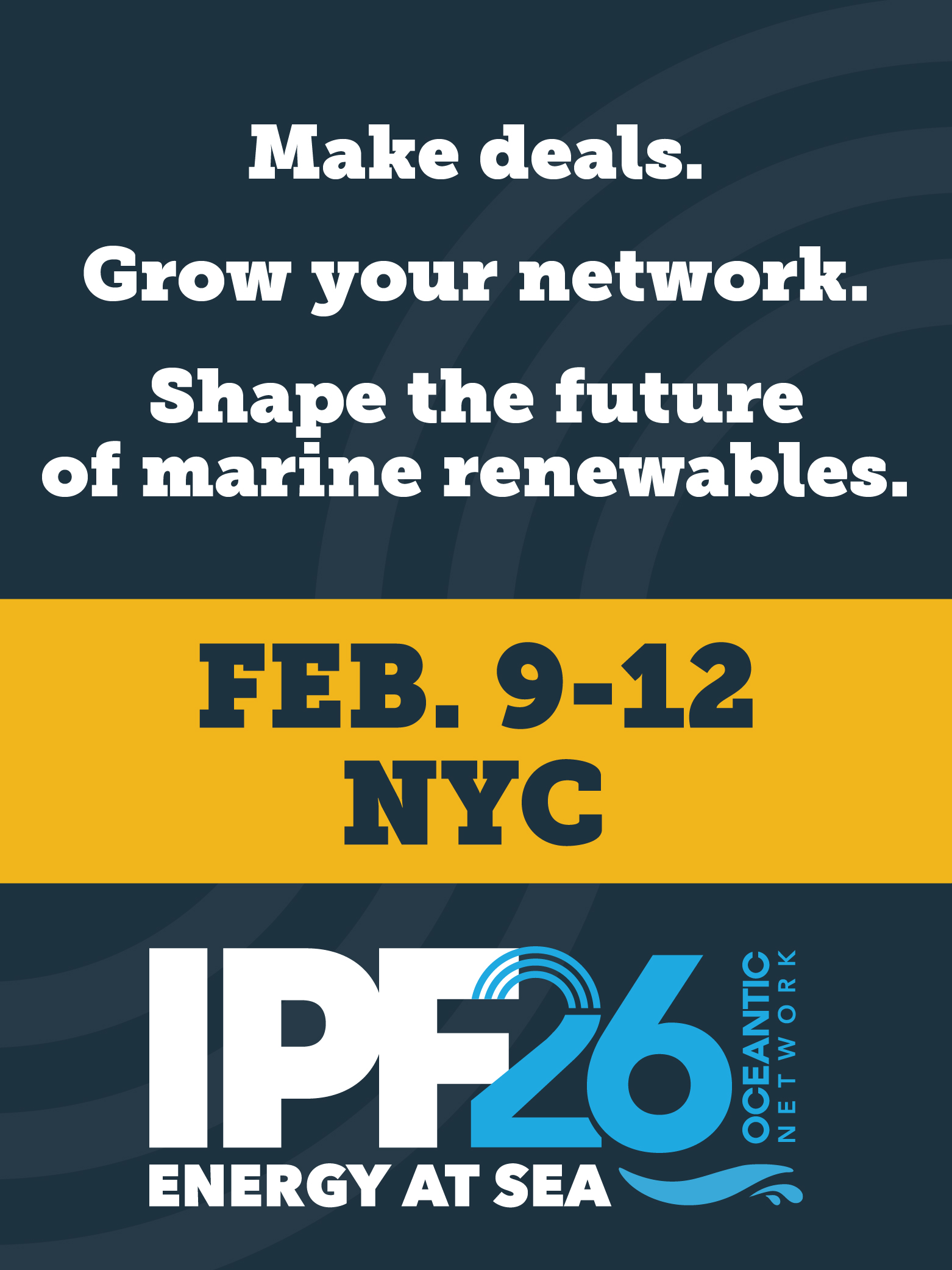
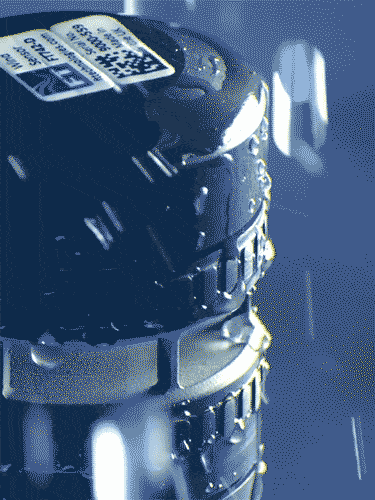
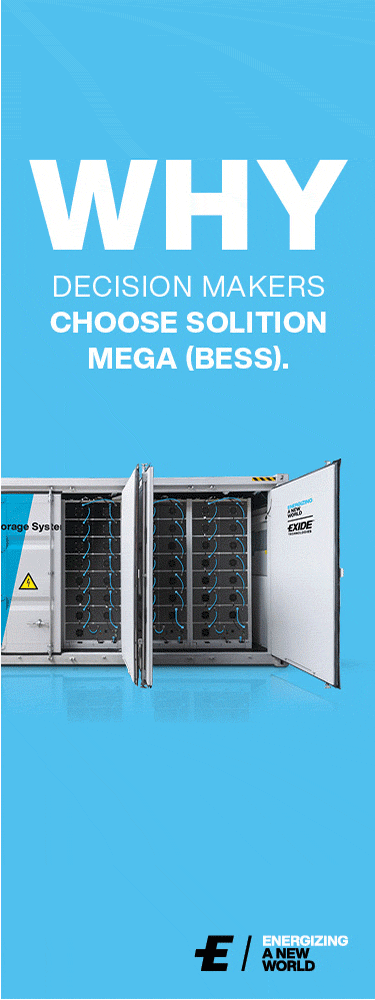

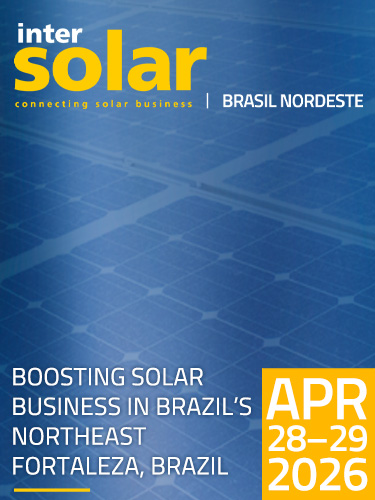



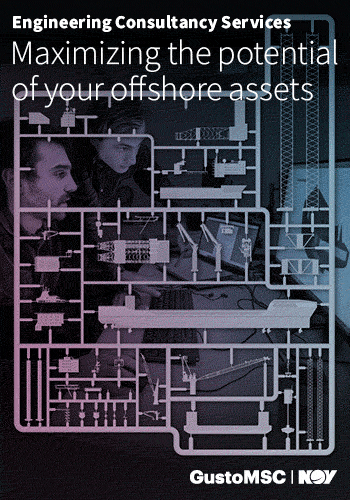
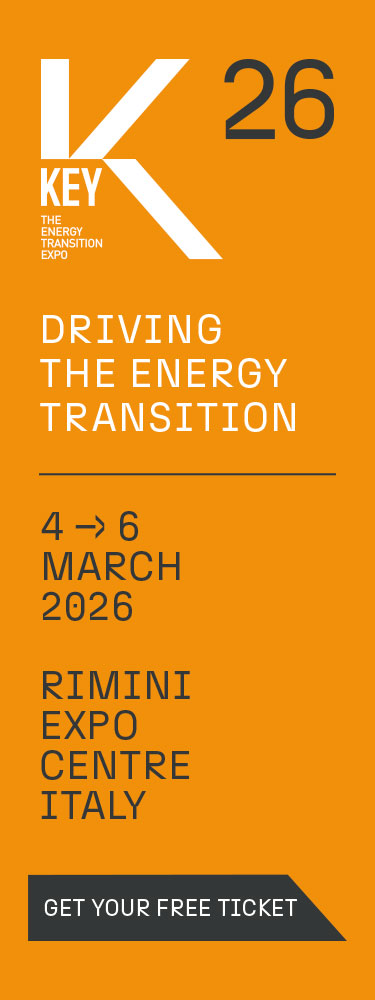


.gif)
